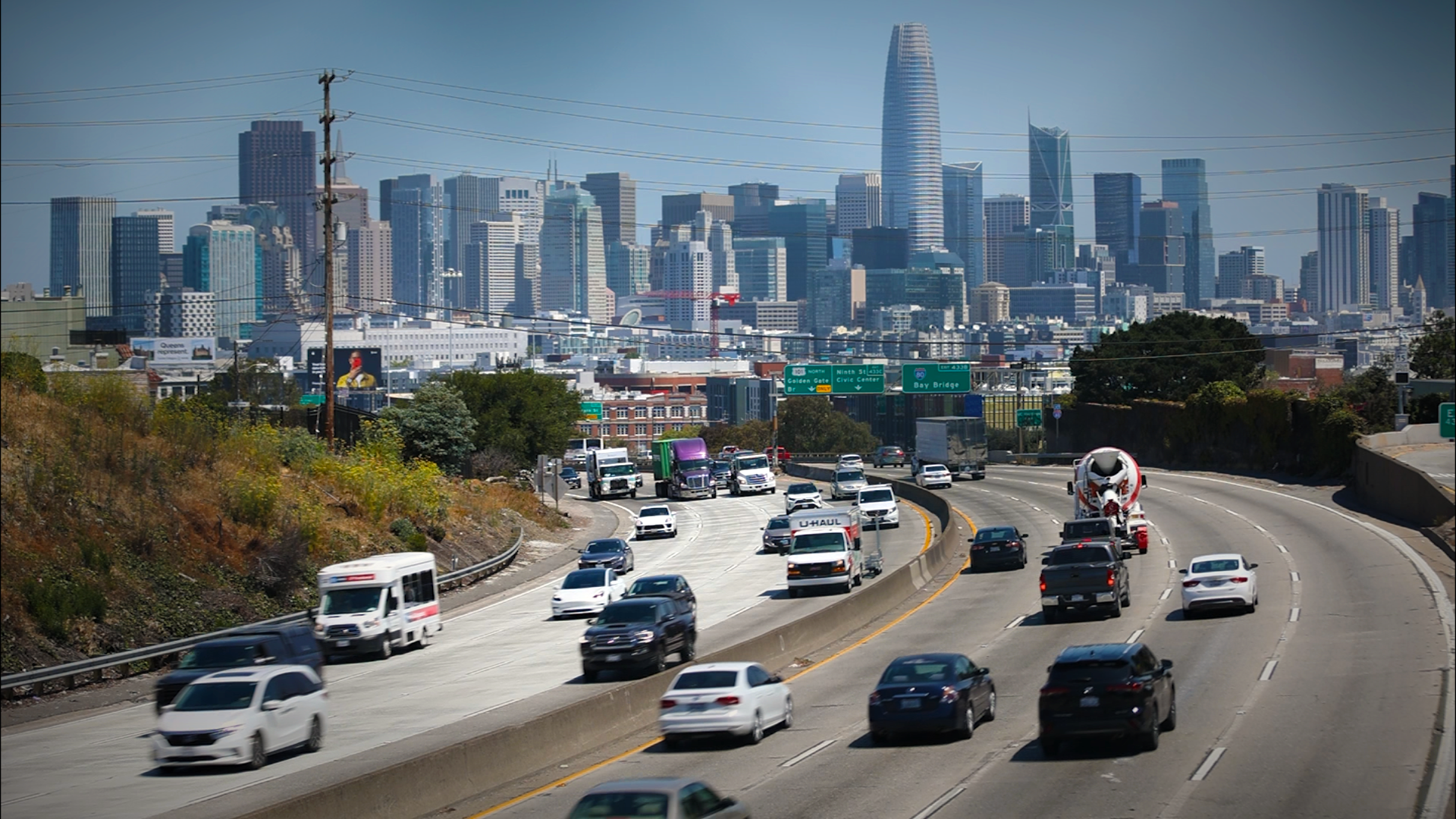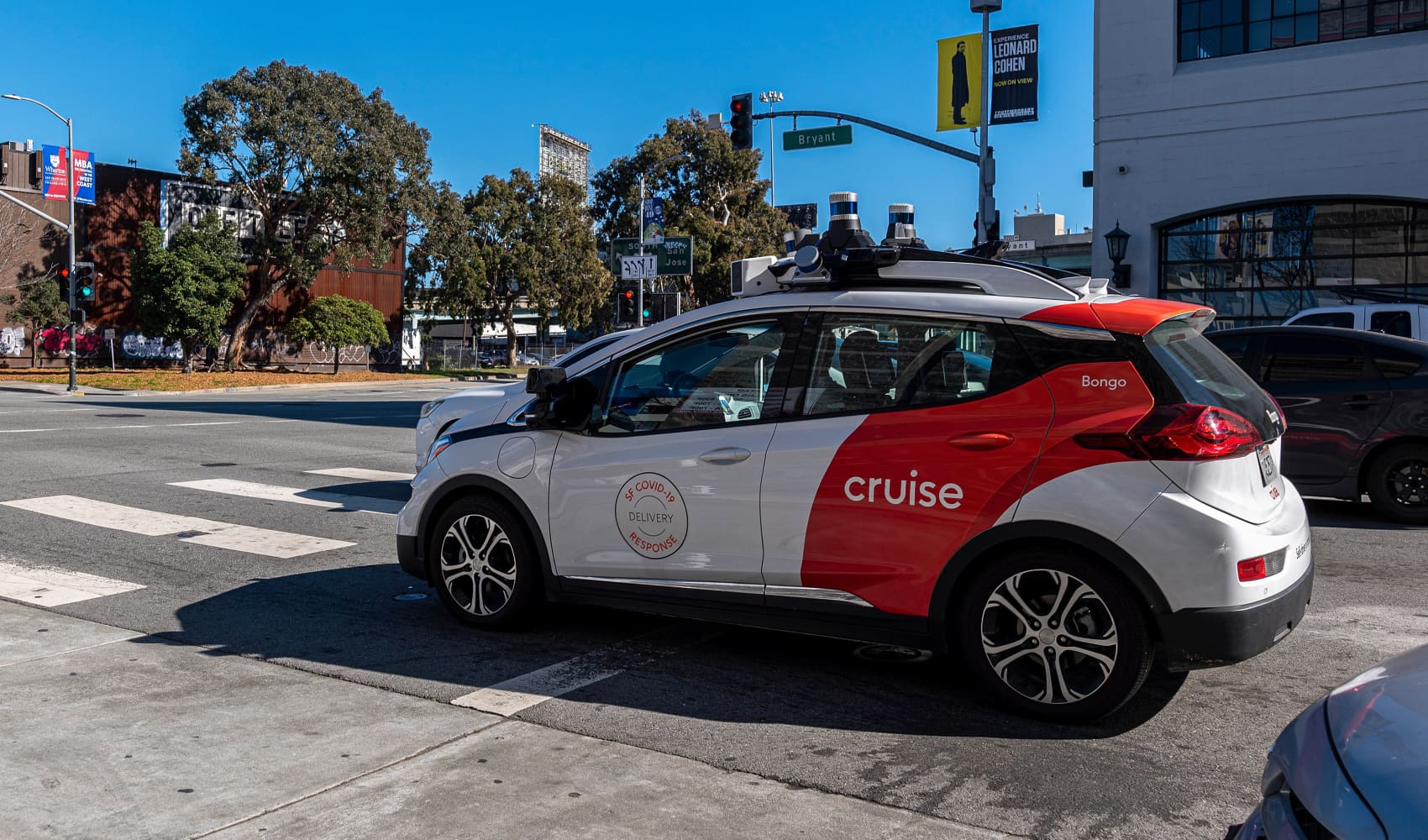The embattled autonomous vehicle company Cruise, which remains off the road amid allegations it attempted to mislead regulators about its safety record, is now blaming poor “internet connectivity,” for why the company initially failed to show government investigators the complete surveillance video recorded by one of its driverless vehicles as it dragged a woman 20 feet along a busy roadway in San Francisco last October. Cruise is the driverless car subsidiary of automaker General Motors.
Law firm, hired by Cruise, releases "independent review" delving into company's actions after one of its driverless cars dragged a woman 20 feet
The explanation comes as part of a 195-page report released Thursday by the law firm Quinn Emanuel, which was hired by Cruise on Oct. 25 to conduct an “independent review” of the company’s actions in the days, weeks, and months following the Oct. 2 accident, in which a hit-and-run-driver tossed a pedestrian directly into the path of a Cruise driverless car, which then ran over the woman and came to a complete stop. In the days following the crash, however, Cruise failed to disclose to the public, media, and regulators that after coming to a stop, its driverless car soon began to move forward, again, in an attempt to pull over. In doing so, the vehicle failed to recognize the woman trapped underneath the vehicle and dragged her approximately 20 feet.
The reasons for Cruise’s failings in this instance are numerous: poor leadership, mistakes in judgment, lack of coordination, and an ‘us versus them’ mentality with regulators, and a fundamental misapprehension of Cruise’s obligations of accountability and transparency to the government and the public.
Newly released review of Cruise's actions authored by law firm Quinn Emanuel
“The reasons for Cruise’s failings in this instance are numerous: poor leadership, mistakes in judgment, lack of coordination, and an ‘us versus them’ mentality with regulators, and a fundamental misapprehension of Cruise’s obligations of accountability and transparency to the government and the public,” the report notes. “Cruise must take decisive steps to address these issues in order to restore trust and credibility.”
California regulators maintain Cruise tried misleading investigators
Regulators with the DMV maintain Cruise attempted to mislead government investigators during an Oct. 3 meeting by failing to show the entirety of the vehicle’s surveillance video, instead cutting it off just before the Cruise vehicle attempted its pull-over maneuver, dragging the pedestrian. On the same day, Cruise also showed the NBC Bay Area Investigative Unit what appeared to be the same portion of the video, which also ended just after the Cruise car initially ran over the woman and came to a complete stop – failing to show the moments that followed of the Cruise vehicle starting up again in an attempt to pull over.
While Cruise later admitted to showing NBC Bay Area and other media outlets only the shorter portion of the video, it repeatedly denied withholding the full video from state regulators. In fact, a spokesperson for Cruise had previously said the entire clip of the accident, including the portion showing the Cruise car dragging the pedestrian, was shown to DMV officials several times on Oct. 3.
Get a weekly recap of the latest San Francisco Bay Area housing news. Sign up for NBC Bay Area’s Housing Deconstructed newsletter.
While the newly released report notes it found no evidence "Cruise leadership or employees sought to intentionally mislead or hide from regulators the details of the October 2 accident," the analysis does fault Cruise officials for not publicly setting the record straight sooner on what really happened.
“Even after obtaining the full video, Cruise did not correct the public narrative but continued instead to share incomplete facts and video about the accident with the media and the public,” the report found. “This conduct has caused both regulators and the media to accuse Cruise of misleading them.”
The DMV has repeatedly maintained its investigators were not initially shown the full video, nor were they told about the pull-over maneuver that led to the pedestrian being dragged. In late October, the DMV accused Cruise of posing “an unreasonable risk to public safety,” and suspended the company’s driverless car permits, forcing the vehicles off the road in California. Two days later, Cruise voluntarily pulled its remaining driverless fleets in Arizona and Texas, effectively halting its driverless car service indefinitely.
The California Public Utilities Commission, which shares regulatory responsibilities with the DMV over autonomous vehicles, has made similar claims against Cruise, accusing the company of “misleading” the commission “into thinking that the original video shown and commented on accurately memorialized the full extent of the incident.” The CPUC has summoned Cruise officials to appear at a government hearing in San Francisco next month, where the company could face more than $1.5 million in fines. In a recent filing, however, Cruise has argued it should only have to pay $75,000.
According to Cruise, the company is actively being investigated by a number of government agencies in response to the Oct. 2 incident, including the California DMV, CPUC, National Highway Traffic Safety Administration, U.S. Department of Justice, and U.S. Securities and Exchange Commission.
Bad internet connection blamed for why regulators didn't see "full" video
In the latest analysis paid for by Cruise, investigators point to a possible poor internet connection as to why regulators from different agencies -- during different meetings -- may have been unable to view the entire video.
“Internet connectivity issues likely precluded or hampered [regulators] from seeing the full video clearly and fully,” noted the Quinn Emanuel report, which also took Cruise officials to task for not explicitly mentioning to regulators what exactly was captured on the video. “Cruise failed to augment the full video by affirmatively pointing out the pullover maneuver and dragging of the pedestrian.”
By Oct. 3, just one day after the accident, “more than 100 Cruise employees – including certain members of Cruise’s senior leadership, legal, government affairs, and systems integrity teams who briefed government officials” were all aware that the driverless car had inadvertently dragged the pedestrian, according to the Quinn Emanuel report. However, during meetings that day with the San Francisco Mayor’s Office, NHTSA, DMV, and other government officials, Cruise officials never actually mentioned it and instead attempted to let the “video speak for itself.”
The law firm's review of the incident described Cruise's decision to stay mum on the matter as "fundamentally flawed."
“Because Cruise adopted that approach, it did not verbally point out these facts,” the report noted. “This is because Cruise assumed that by playing the full video of the accident for its regulators and other government officials, they would ask questions and Cruise would provide further information about the pullover maneuver and pedestrian dragging.”
In a statement, Cruise said it’s “deficient response” to the Oct. 2 incident is why nine top leaders “departed” the company last month, which followed the resignation of Cruise CEO Kyle Vogt just a few weeks prior.
“We know our license to operate must be earned and is ultimately granted by regulators and the communities we serve,” Cruise said in a statement. “We are focused on advancing our technology and earning back public trust.”
Cruise has since created a new Chief Safety Officer position and while it has appointed an interim leader, the company said it is currently searching for a permanent hire. The newly released report also outlines several additional recommendations, including changes to training, leadership, and company protocols, all of which Cruise says it will work to implement.
Trust is a huge issue. The concerns raised by this report undermine that trust in ways that go beyond the accident itself, and are likely to make regulators more wary in their views of self-driving cars overall.
Irina Raicu, Director of the Internet Ethics Program at the Markkula Center for Applied Ethics at Santa Clara University

“For technology companies that introduce novel products and deploy them in public spaces, impacting all of us – whether we chose to use those products or not – trust is a huge issue,” said Irina Raicu, an attorney and director of the Internet Ethics Program at the Markkula Center for Applied Ethics at Santa Clara University. “The concerns raised by this report undermine that trust in ways that go beyond the accident itself, and are likely to make regulators more wary in their views of self-driving cars overall.”
Watch our entire investigative series
- Part 1: Driverless cars seek San Francisco expansion despite worries tech is unsafe
- Part 2: CPUC votes to expand driverless car operations in San Francisco
- Part 3: San Francisco city attorney files motion to pump the brakes on driverless cars
- Part 4: Google's Waymo says insurance data shows its driverless cars are safer than humans
- Part 5: Hit-and-run driver strikes pedestrian, tossing her into path of Cruise car in San Francisco
- Part 6: Driverless trucks and robot deliveries promise fewer traffic jams than robotaxis
- Part 7: Cruise says its robotaxis can now better detect emergency vehicles
- Part 8: California DMV orders Cruise's driverless cars off the road
- Part 9: Driverless cars immune from traffic tickets in California under current laws
- Part 10: GM's Cruise lays off nearly 25% of its workforce
- Part 11: Waymo's driverless cars surpass 7 million miles, but are they safer than human drivers?
- Part 12: Cruise probe blames poor internet, bad leadership, and "flawed" decisions for company's woes
- Part 13: Driverless Cruise car accused of almost hitting 7 yr old after similar close call involving kids
- Part 14: Cruise offers to pay $112,500 in fines to settle claims driverless car company misled regulators
- Part 15: Uber Eats now uses Waymo Self-Driving cars to offer driverless deliveries
- Part 16: Bills aimed at closing traffic ticket loophole for driverless cars get initial green light
- Part 17: School crossing guards say they've had to dodge driverless cars to avoid being hit
- Part 18: Cruise ordered to pay $112,500 in penalties for withholding info from regulators
- Part 19: Waymo waitlist over in SF, all can hail driverless cars
- Part 20: SF Mayor vows to hold driverless car companies accountable after NBC Bay Area report
- Part 21: San Francisco govt. officials meet with Waymo to discuss safety concerns near schools
- Part 22: California DMV gears up to allow driverless trucking despite calls to restrict high-tech big rigs
Contact The Investigative Unit
submit tips | 1-888-996-TIPS | e-mail Bigad
Contact The Investigative Unit
submit tips | 1-888-996-TIPS | e-mail Bigad




